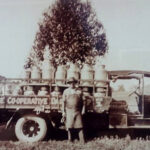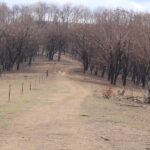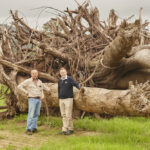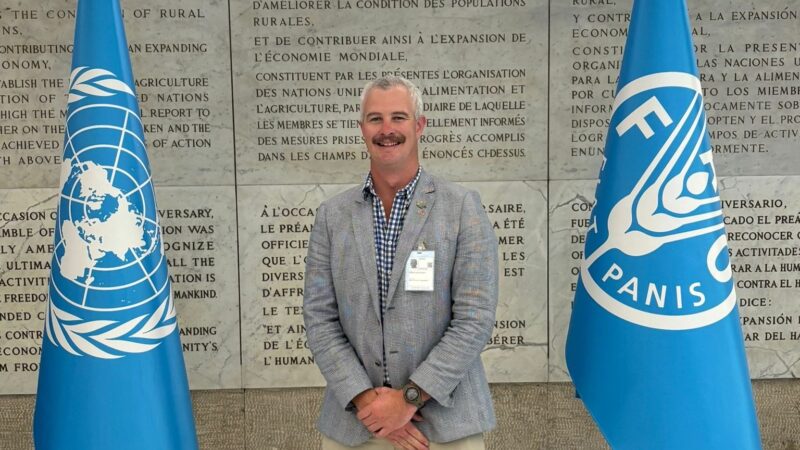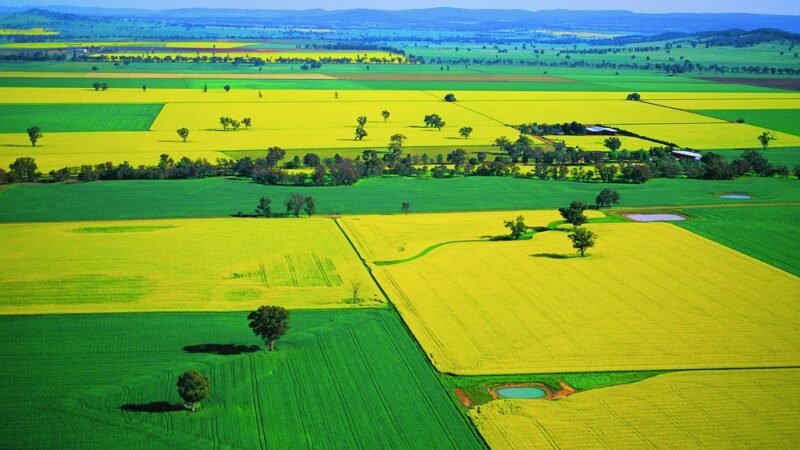Riverina Fresh has achieved the rare feat of a century in the dairy business thanks…
Slow and steady recovery for Northern Rivers farmers
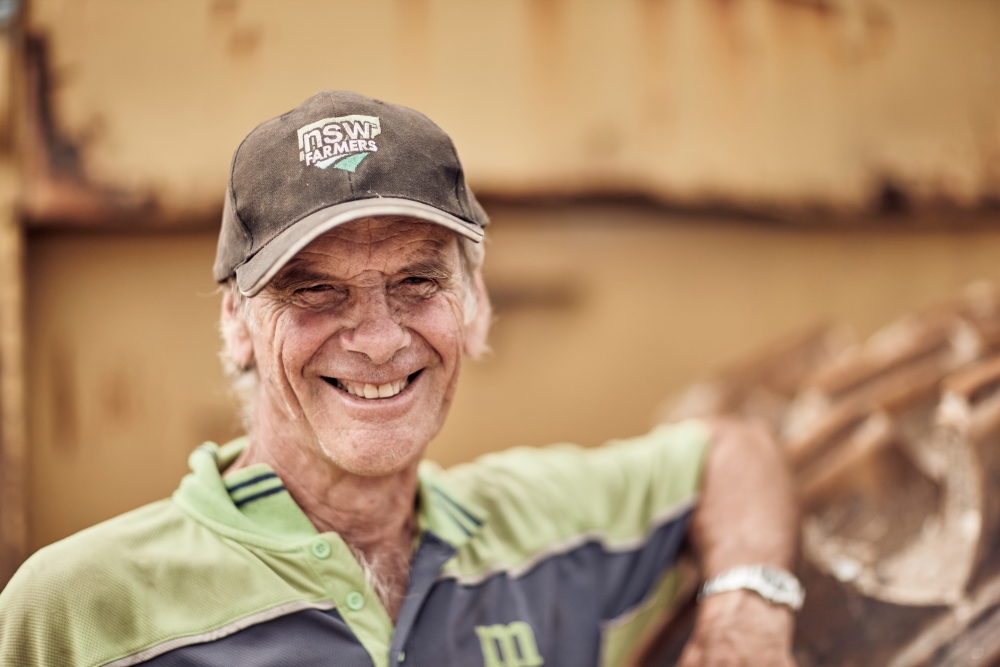
The floods that ravaged the Northern Rivers region in February last year were the fourth most-expensive natural disaster in the world in 2022, according to global reinsurance company Munich Re.
The region (along with southeast Queensland) also has the unenviable Insurance Council of Australia title of being the most costly natural disaster in Australian history.
For third generation Tweed Valley farmer Allan Brown and son Andrew, the magnitude of the disaster is still surreal.
�We�ve had two of the biggest floods in history, and that�s a pretty big shock to the system despite living with floods all my life. It�s no wonder the scars still run deep.�
Allan Brown, Sugarcane farmer
Allan and Andrew farm 130 hectares of sugarcane at Tygalgah on the Rous River near Murwillumbah with Alan�s brother Malcolm.
Sugar contributes $200 million a year into the Northern Rivers economy and is based around three river systems � the Tweed in the far north, the Richmond, and the Clarence.
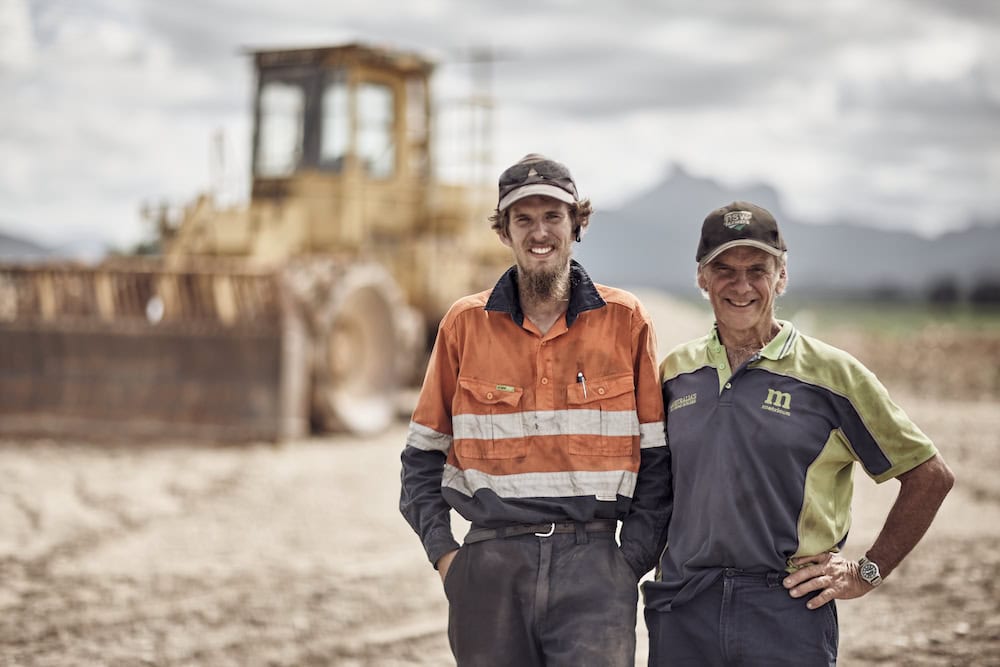
�We�ve always been prepared for flooding, but the bar has been lifted now and we�re working with new parameters,� he says. �We didn�t get an accurate reading of rainfall at the time because our rain gauge went under water, but it was absolutely dolloping.
�I know that there was over 40 inches around Doon Doon and Burringbar and that�s the water that hit the cane farms down here on the flood plain.�
Allan said the farm�s two homes dodged the worst of the flooding, but the family�s machinery sheds and sugarcane crops did not fare so well.
�Like grain farmers, our machinery and equipment are our most valuable working assets: water and modern tractors do not mix well. We got our two tractors up to a flood mound, but 900 millimetres of water went through the shed that was already on a flood mound above normal flood levels,� he explains.
�We�ve built one new shed on one flood mound, and we�re working on lifting another shed. Making a safe haven for our machinery has been a priority. We�ve also been working on improving the farm�s drainage system.�
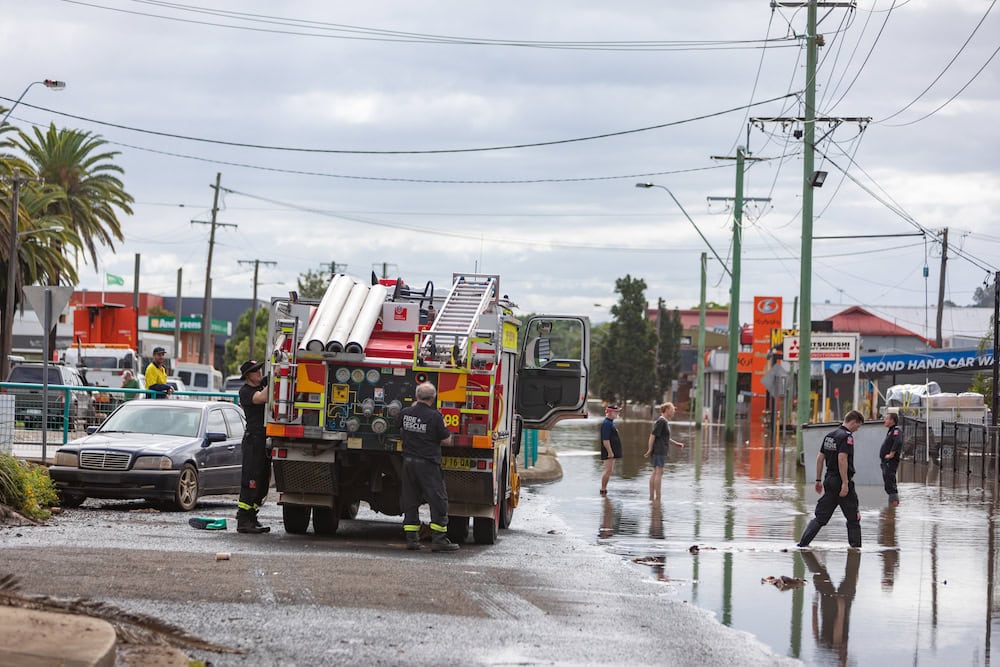
Allan estimates it will be at least three years before the cane crops are back in full production.
�The growth and vigour in our cane crops is just not there yet � we reckon the plant�s root system is still recovering. And there does not seem be any life in the stools � the below ground structure of sugarcane. I have not seen it like that before.�
The bulk of the annual sugarcane harvest in the Tweed region is traditionally from one year-old plant cane, however crops can typically be harvested annually for up to seven years.
�The big impact has been on the young crops. With good weather, it will take three or four years to get those crops back to where they should be.�
Allan Brown, sugarcane farmer
�And of lot of plant cane did not go in until November, which is extremely late, and so won�t be harvestable this year. It�s a tough plant when it comes to surviving wet conditions, but this flood and the ongoing wet weather was new territory.�
�It�ll be a tough few years ahead, but farming is what we�ve always done. It�s in our blood and we enjoy what we do, so we will make it work.�
Chairman of the Tweed Valley Canegrowers Robert Hawken said the two floods in February last year had a severe impact on the region�s sugarcane farmers, but the industry will recover.
�Sugarcane is the most resilient crop grown on the Northern Rivers flood plains, and high sugar prices, farmer resilience and soybean crops will sustain the local sugar industry in 2023,� Robert said.
�We were certainly tested though. I am 70 years old, and the 2017 flood was the biggest one I had seen in my lifetime, but this one was more than one metre deeper than that on my farm.
�Yields for the 2022 crop were down by at least 30 per cent and ongoing wet conditions through much of the year really set back the recovery phase. A significant amount of plant cane was lost, which means yields this year will be markedly down and may not be any better than last year�s results.�
Soybeans could be vital for recovery
Allan says that growers were also not able to get a soybean crop off last year, which was another hit to income streams.
Soybeans are an important rotational crop for the region�s cane farmers, and Alan said it could be a saving grace for many of the region�s cane farmers in 2023.
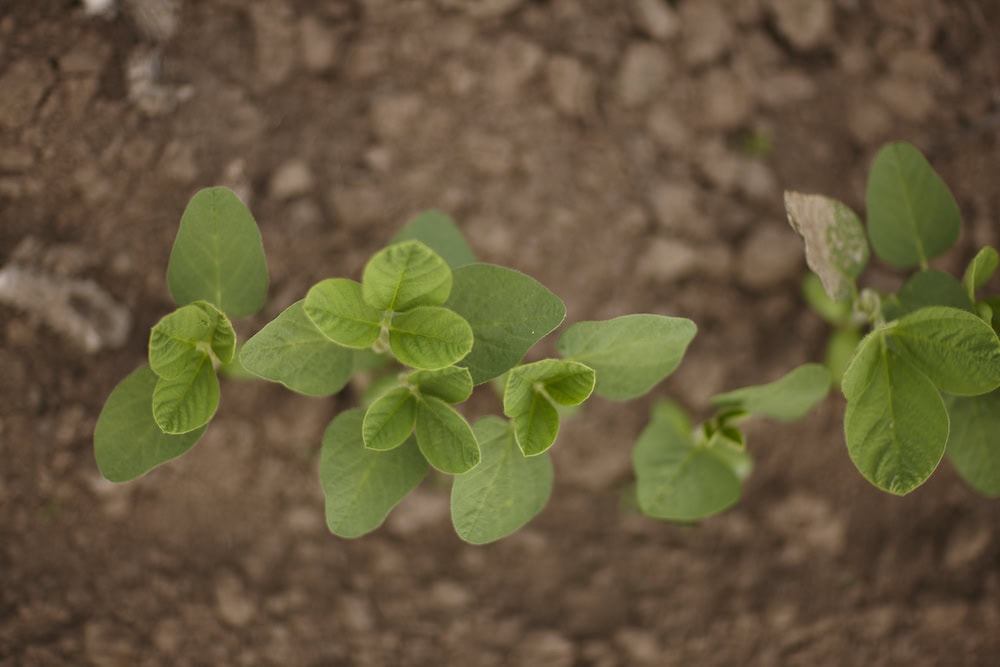
President of the North Coast Oilseed Growers Association, Paul Fleming, said many farmers are pinning their hopes on a decent soybean harvest this year to recover at least some of the significant losses endured in 2022.
Paul said 98 per cent of crops were wiped out last year in the Northern Rivers region, which is the largest supplier of dryland and organic soybeans in Australia.
�Surprisingly, it�s been a dry start to the year. Some rain in late January was a real godsend and I would hope we can get back up to 10,000 to 12,000 hectares of soybeans planted.
�Prices are reasonably good too and there will be strong demand for soybeans harvested from crops that were planted early, so there is the potential for a good recovery in 2023.�
Beef �nursery� stays strong
The Northern Rivers beef industry has fared better than most in the 13 months since the unprecedented flooding.
Fences are still being replaced and pastures lack some vitality, but record market prices have spurred a speedy recovery.
NSW Farmers Executive Councillor and Rosebank cattle farmer Ron Chittick said the region is a vital �nursery� for supplying young cattle to the east coast cattle market.
�The beef industry is still going strong � our sector was not as badly impacted as others. There was lot of damage to fences and shedding, but I would estimate that around 80 per cent of cattle country escaped the worst of it.
Ron Chittick, cattle farmer
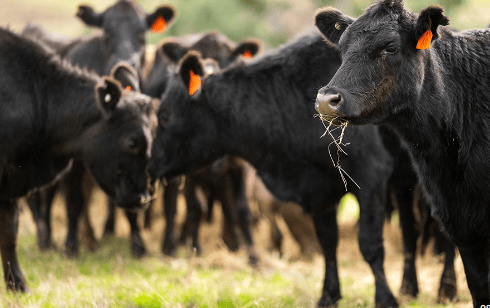
�The grass has been very slow to make a recovery, but otherwise everything is back to normal on my farm.�
Ron said the strong cattle market in 2022 has helped keep spirits high in the local beef industry, which is the largest agriculture sector in the Northern Rivers.
�The high cattle prices have been good for those affected farmers that still had some to sell, but it�s difficult for those buying back in,� he says. �The main issue has been the ability to restock for those down river that lost cattle. Some farmers lost up to 100 head, including breeding cows. No one really knows exactly how many cattle were lost.�
Ice cream delight
Lismore�s Norco factory will be churning out ice cream later this year, much to the delight of employees, the Lismore community and ice cream lovers.
The heritage-listed building was decimated during the floods, leaving the dairy cooperative with a $140 million bill.
Norco supplies ice cream to major brands in the domestic market and exports product to Japan, Taiwan, and the US, to name a few.
�We�ve had tremendous support from our customers, including overseas. They are all keen to see the factory reopen,� said Norco Chair Mike Jefferies.
The federal and state governments have chipped in with around $55 million for the rebuild, alongside a �sizeable investment� from Norco.
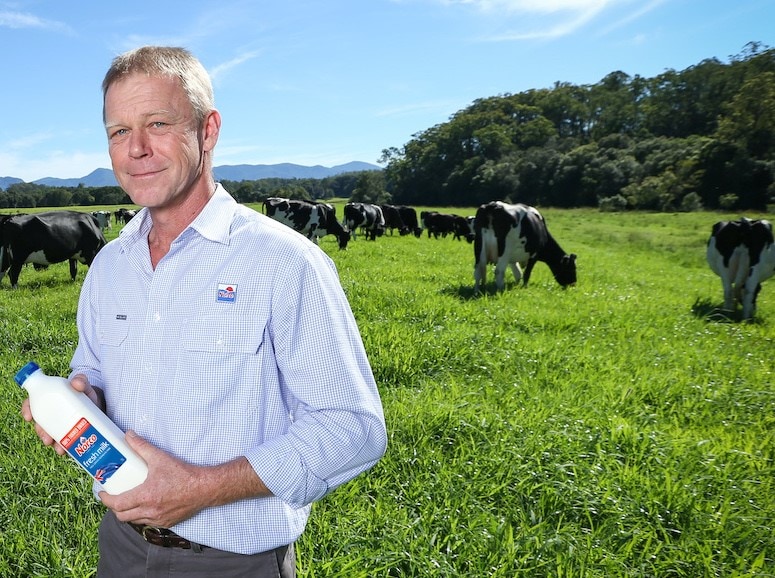
�Construction is well underway. The Norco ice cream factory will be reopening in stages, with the aim to start operations in the new financial year.,� Mike said.
He said Norco has outsourced some manufacturing in the last 12 months to keep the ice cream flowing.
�For dairy farmers, there are still of challenges on farm in rebuilding laneways, infrastructure and fences and pasture recovery has been slow.�
Production across the region is still down, because a lot of farmers had to cull cows or lost cows in the flooding, and production per cow is still below average.�
Mike said Norco implemented a funding program for its suppliers to assist with the purchase of replacement cows.
�The quicker our farmers get back into full production, the better it is for our business and to get the ice cream production back into full swing.
There were increases in farm gate prices in July, which has also helped rebuild some confidence levels.�
Mike said the rebuilding of Norco�s Rural store, feedmill and headquarters in south Lismore is complete.
10-year rebuild for Lismore

�Every day is still a struggle,� said Lismore City Council Mayor and small business owner Steve Krieg.
�To know that that one of biggest global natural disasters in the world last year happened here in our region really puts into context what we having to rebuild from, and why we are going to have to get some housing off the floodplain.�
Mayor Krieg said more than 1000 homes will need to be relocated from the city�s floodplain area.
�We are bit over 12 months into what we will be a five to 10 year rebuild for Lismore. I understand people�s frustrations and the need for answers, and my goal is to make sure people get at least some level of clarity and direction for the relocation of their homes.�
�It might not happen this year, but I want people to know that there is a future for them here. It�s a long and complicated process, but we will get through it.�
�My priority is keeping our resident�s safe and getting them off the floodplain, but we will also need to be able to use that land for something.�
�We are working on a Lismore 2032 vision for rebuilding to present to the Northern Rivers Reconstruction Corporation to return Lismore to a sustainable thriving regional centre.�
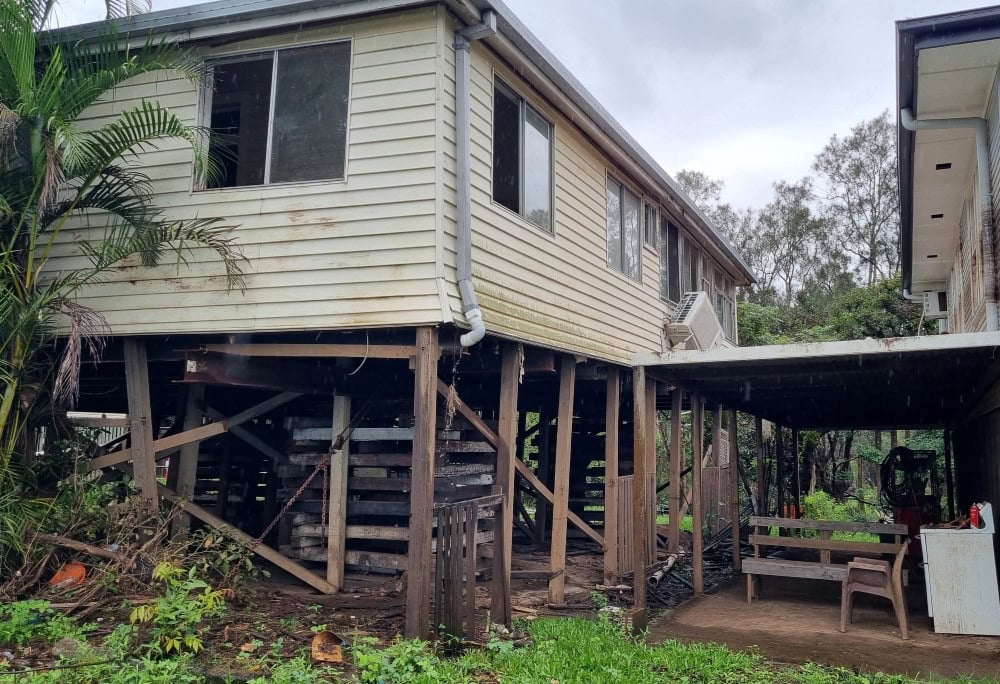
In the shorter term, the council�s priority is the daunting task of repairing the shire�s road network.
�There is 1200 kilometres of roads in the Lismore LGA. More than 950 kilometres of that was directly impacted by flooding.�
�To use a farming term, there is definitely green shoots, but there is a lot of dead grass around that will take a lot of work to recover.�
The green shoots that are emerging include a resurgent industrial area and news that Norco will rebuild its dairy factory.
�Every week we are getting new businesses reopening again. Our industrial estate has bounced back a lot faster than our retail sector.�
Mayor Krieg said the council�s successful push for a landlords grant for Lismore�s central business district has proved vital.
�A lot of landlords would have walked away from their investments otherwise. It gave them the motivation to refit and rebuild.
�Our retail and CBD areas are still only about 30 per cent capacity. We were back to 90 per cent in 2021 after the 2017 floods, so it will take some time for the CBD to be fully reactivated.�
Mayor Krieg said initial talks that Norco would be forced to move its factory to another town was �stressful�.
�Norco employs up to 160 people and any employer of that size in a town like Lismore is critical, but it is also a favourite farmer-driven brand that is strongly associated with our town. And I will only use Norco milk in my caf�!�
If you enjoyed this story on Lismore’s flood recovery, you might also enjoy our story on rebuilding Molong.


